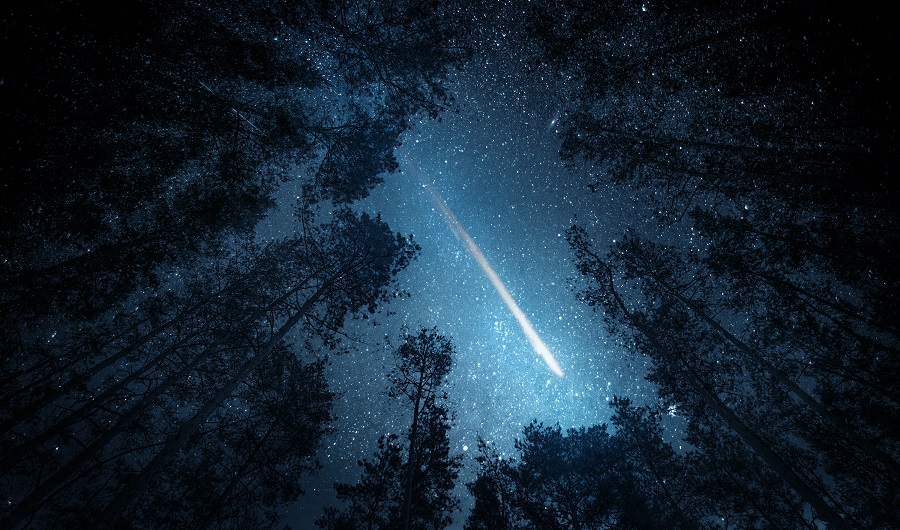
Image only for representational purposes. iStock photo.
Vijay Mohan
Tribune News Service
Chandigarh, July 27
Several Indian scientists are among a group of international astronomers that have detected the shortest ever gamma-ray burst (GRB) caused by the death of a massive star. This discovery showed for the first time that a dying star can also produce short bursts and helps resolve a long-standing puzzle of the universe.
A very short, powerful burst of high-energy radiation that lasted for about a second had been racing toward Earth for nearly half the present age of the universe. The burst was detected by NASA’s Fermi Gamma-ray Space Telescope.
According to the astronomers’ findings, the burst emitted 14 million times the energy released by the entire Milky Way galaxy over the same amount of time, making it one of the most energetic short-duration GRBs ever seen.
GRBs are the most powerful events in the universe, detectable across billions of light-years. Astronomers classify them as long or short based on whether the event lasts for more or less than two seconds. They observe long bursts in association with the demise of massive stars, while short bursts have been linked to a different scenario.
“Such a discovery has helped to resolve the long-standing issues related to gamma-ray bursts. Also, this study triggers to re-analyse all such known events to constrain number densities better,” Dr Shashi Bhushan Pandey from Aryabhatta Research Institute of Observational Sciences, Nanital, said in a statement issued by the Ministry of Science and Technology today.
Experts from Inter-University Centre for Astronomy and Astrophysics, Pune, National Centre for Radio Astrophysics - Tata Institute of Fundamental Research, Pune, Indian Institute of Technology, Mumbai and the Department of Science and Technology also participated in this research besides those from USA, UK, Germany, Netherlands, Russia, Spain, Ireland, Israel, France and Sweden.
Named GRB 200826A, the burst is the subject of two papers published in Nature Astronomy on July 26. The first explores the gamma-ray data while the second describes the GRB’s fading multi-wavelength afterglow and the emerging light of the supernova explosion that followed.
When a star much more massive than the Sun runs out of fuel, its core suddenly collapses and forms a black hole. As matter swirls toward the black hole, some of it escapes in the form of two powerful jets that rush outward at almost the speed of light in opposite directions. Astronomers only detect a GRB when one of these jets happens to point almost directly toward Earth.
Each jet drills through the star, producing a pulse of gamma rays – the highest-energy form of light – that can last up to minutes. Following the burst, the disrupted star then rapidly expands as a supernova. Short GRBs, on the other hand, form when pairs of compact objects such as neutron stars, which also form during a stellar collapse, spiral inward over billions of years and collide.
GRB 200826A was a sharp blast of high-energy emission lasting just 0.65 seconds. After travelling for billions of years through the expanding universe, the signal had stretched out to about one second-long when it was detected by Fermi’s Gamma-ray Burst Monitor. The event also appeared in instruments aboard NASA’s Wind mission, which orbits a point between Earth and the Sun located about 1.5 million kilometres away, as well as the Mars Odyssey, which has been orbiting the Red Planet since 2001. European Space Agency’s INTEGRAL satellite observed the blast as well.
Join Whatsapp Channel of The Tribune for latest updates.



























